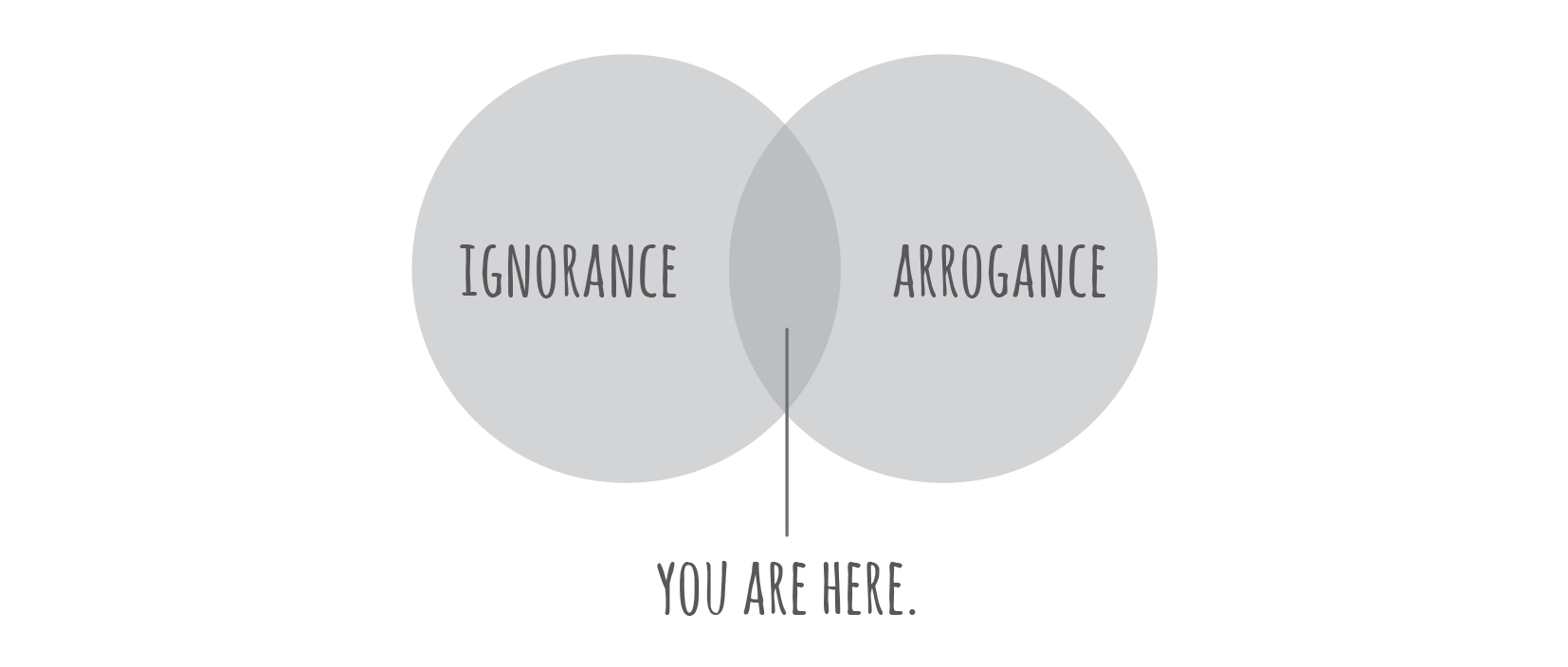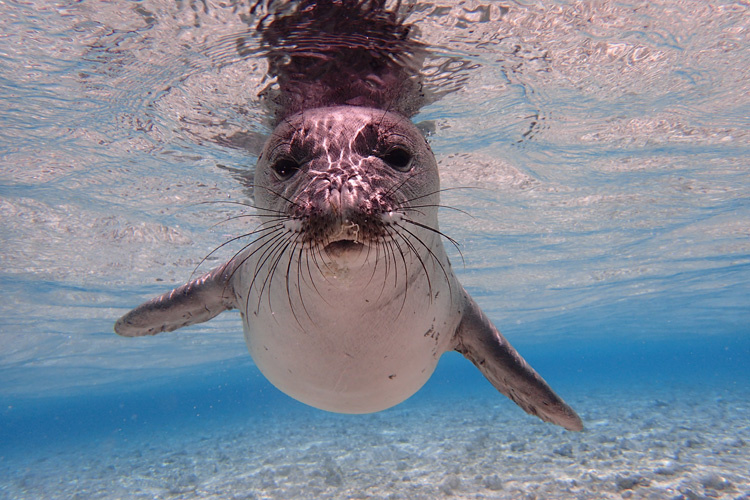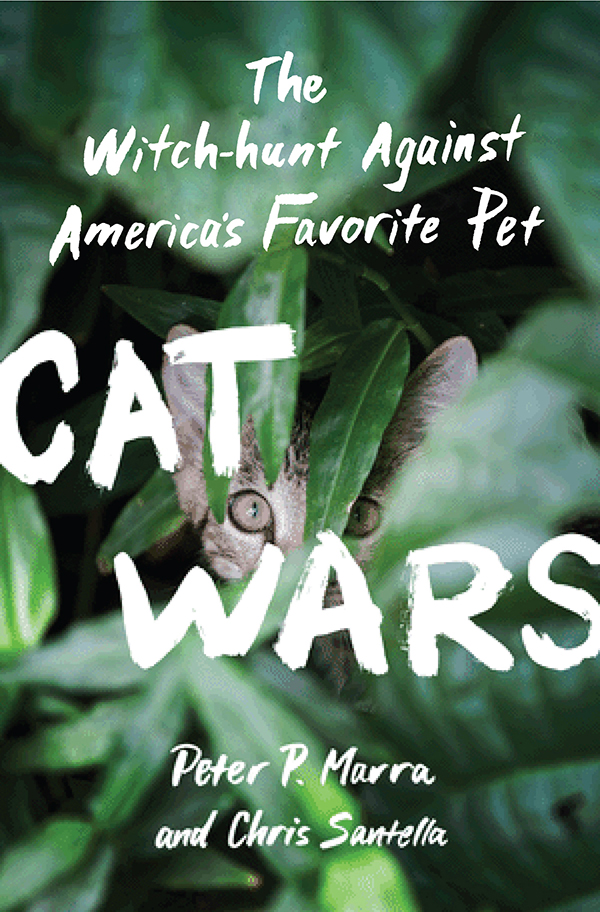Referring to a recent report by the Union of Concerned Scientists, the Los Angeles Times describes the considerable damage (much of it likely to be irreversible) done by “Interior Secretary Ryan Zinke and his minions” as evidence of the profound ignorance and brazen corruption that have come to dominate public policy over the past two years.
“Among the up-is-down, night-is-day practices of the Trump administration, one of the most dangerous and disturbing is its habit of turning America’s leading science agencies into hives of anti-science policymaking.”
Reading the UCS report, one can only imagine the number of times the authors must have wanted, desperately, to use the term train-wreck. Or shit-show.
Alas, cooler heads prevailed. Still, the message comes through loud and clear, beginning with the report’s title: “Science under Siege at the Department of the Interior: America’s Health, Parks, and Wildlife at Risk.” Although government leaders should carefully consider the best available science in their policy making duties, argue the UCS authors, Zinke’s DOI:
“has instead stifled politically inconvenient research, put industry interests ahead of public health, and undermined science-based rules and regulations. The department has established a clear pattern of suppressing science and scientific evidence, particularly when they run counter to the interests and priorities of the coal, gas, and oil industries.” [1]
None of which is news to anybody paying attention. (For a painful refresher, check out the timeline provided in the UCS report, which documents no fewer than 40 “milestones” in the first 21 months of the Trump administration.) Still, in some corners of DOI, this “monumental disaster” would seem to be more a difference of degree than kind. U.S. Fish and Wildlife Service, I’m looking at you. Read more


 There is a kind of certainty that comes from having thoroughly investigated a problem, prodding and poking at it from every angle, taking into careful consideration all possible explanations. And there’s the kind that comes from not knowing what the hell you’re talking about.
There is a kind of certainty that comes from having thoroughly investigated a problem, prodding and poking at it from every angle, taking into careful consideration all possible explanations. And there’s the kind that comes from not knowing what the hell you’re talking about.

 It’s hunting season, a fitting time for Peter Marra to be reiterating his call for the killing of outdoor cats. Earlier this week he delivered the keynote address at the
It’s hunting season, a fitting time for Peter Marra to be reiterating his call for the killing of outdoor cats. Earlier this week he delivered the keynote address at the